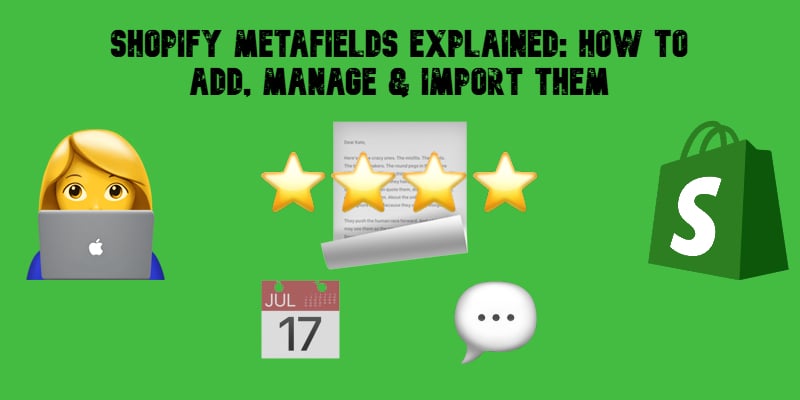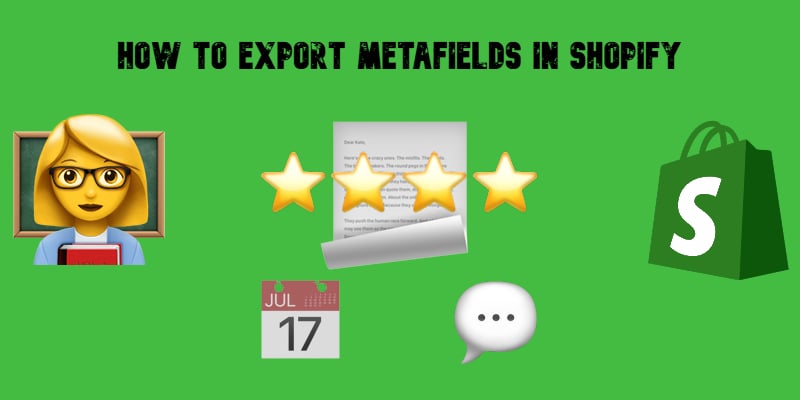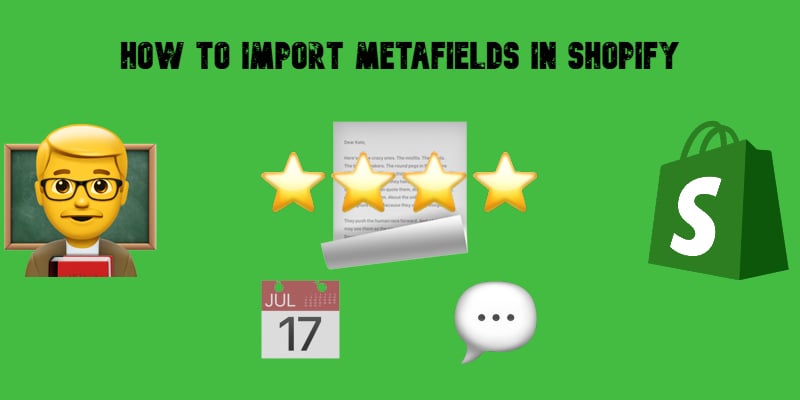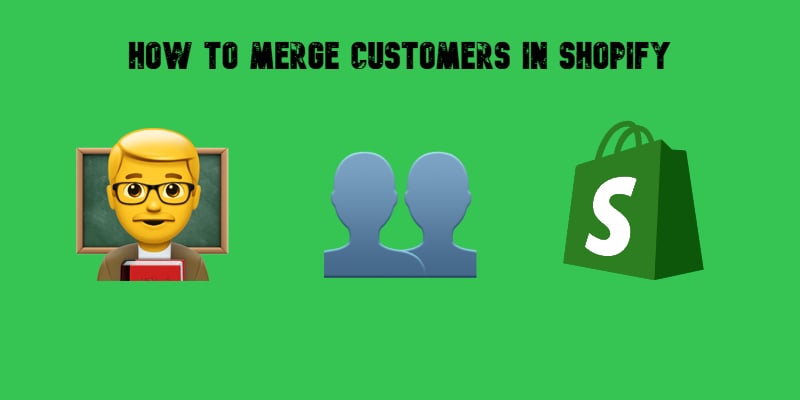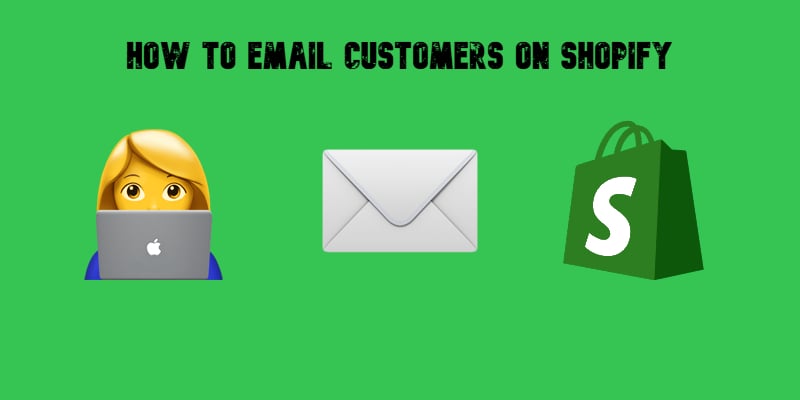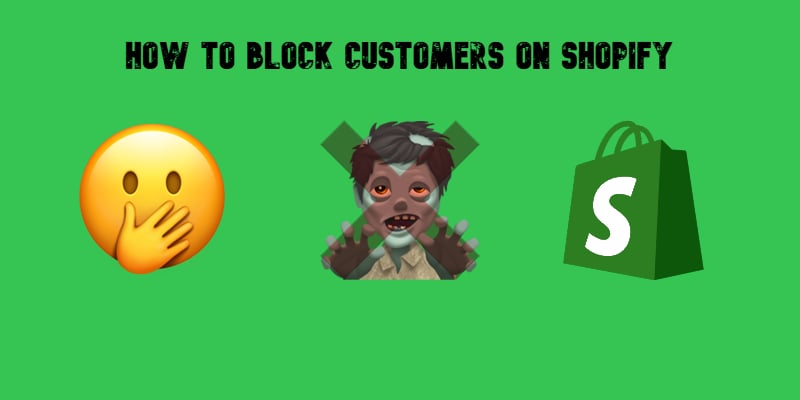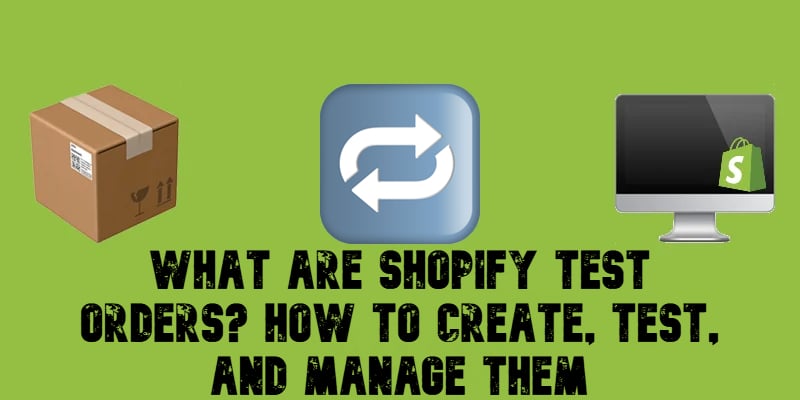How to Dropship on Shopify: Step-by-Step Guide for Beginners (2025)
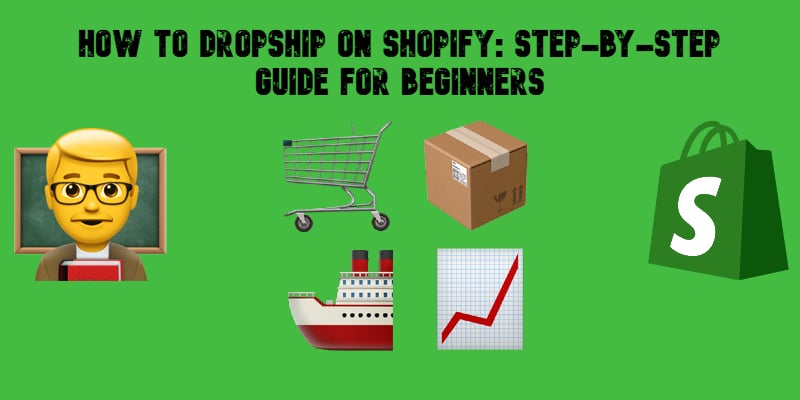
Dropshipping on Shopify has become one of the most popular ways to launch an e-commerce business with minimal upfront investment. But how to dropship on Shopify in 2025? Well, nothing has changed much. Unlike traditional retail, where sellers need to buy and store inventory, dropshipping allows you to sell products without holding stock — your suppliers handle fulfillment while you focus on sales and marketing. This low-risk model still makes it an accessible business opportunity in 2025, but success requires the right strategy, supplier selection, and automation tools.
This step-by-step guide will walk you through everything you need to know about how to start dropshipping on Shopify, from setting up your store in the Shopify admin and choosing profitable products to finding reliable suppliers and scaling your business. You’ll learn how to automate fulfillment, drive traffic through SEO and paid ads, and navigate common challenges like shipping delays and supplier issues.
Shopify offers powerful integrations with top dropshipping suppliers like AliExpress, Spocket, and Zendrop, but what if your preferred supplier doesn’t integrate with Shopify? We’ll cover how to import products and manage orders manually using the Import & Export Tool for Shopify.
By the end of this guide, you’ll have a clear roadmap to building a profitable Shopify dropshipping business in 2025. Whether you’re a beginner or looking to optimize your existing store, this guide will help you navigate the opportunities, risks, and strategies needed for success. Continue Reading
